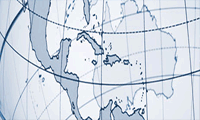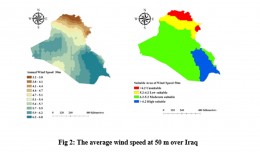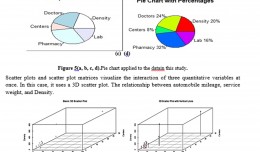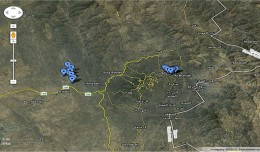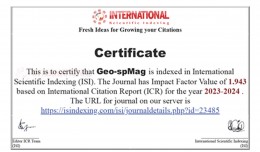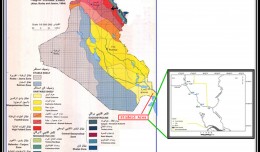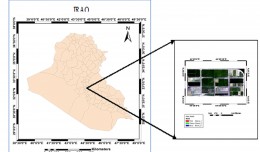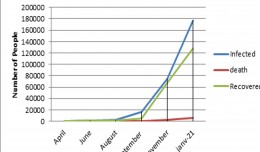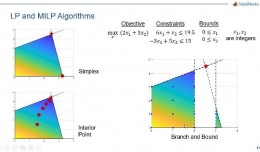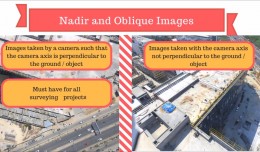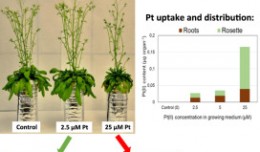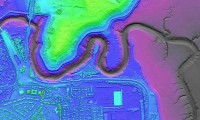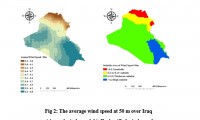Modeling Ripeness Grading of Palm Oil Fresh Fruit Bunches through Image Processing using Artificial Neural Network
Osama M. Ben Saaed1, Meftah Salem M Alfatni1,2*, Abdul Rashid Mohamed Shariff3 and Hadya S Hawedi1
1Faculty of Information Technology, Al-Asmarya Islamic University, Zliten, Libya,
2Faculty of Information Technology, Elmergib University, AL-Khomes, Libya,
3Faculty of Engineering, Universiti Putra Malaysia, 43400, Serdang, Selangor, Malaysia.
Faculty of Information Technology, Al-Asmarya Islamic University, Zliten, Libya;
Abstract
This research introduces the use of a hyperspectral based system to detect the ripeness of oil palm fruit bunches (FFB). FFB are scanned by a hyperspectral device and the reflectance recorded for different wavelengths. A sample of 209 fruits from one type of oil palm fresh fruit bunches (Nigrescens) iscollected for categorization using the over-ripe, ripe and under-ripe categories. Attribute of the fruit in the visible and near-infrared (400–1000 nm) wavelength range regions is measured. An artificial neural network(ANN)classified the different wavelength regions on oil palm fruit by pixel-wise processing. ANN is employed, and the trained network is integrated back into the system to allow oil palm fruit ripeness differentiation. The results are then compared to classifications made by a trained human grader. The developed ANN model successfully classifies oil palm fruits into three ripeness categories. A comparison of the accuracy of results between ANN approach and the conventional system that applies a manual classification is made. The results show that ANN approach yields more than 90% classification accuracyfor all three categories. The findings of this research will help increase the efficiency of quality harvesting and grading of fresh fruit bunches (FFB).
Keywords: hyperspectral, ripeness, oil palm fresh fruit bunches, color, visibility, near infrared, classification.
 English
English  Français
Français  العربية
العربية 


